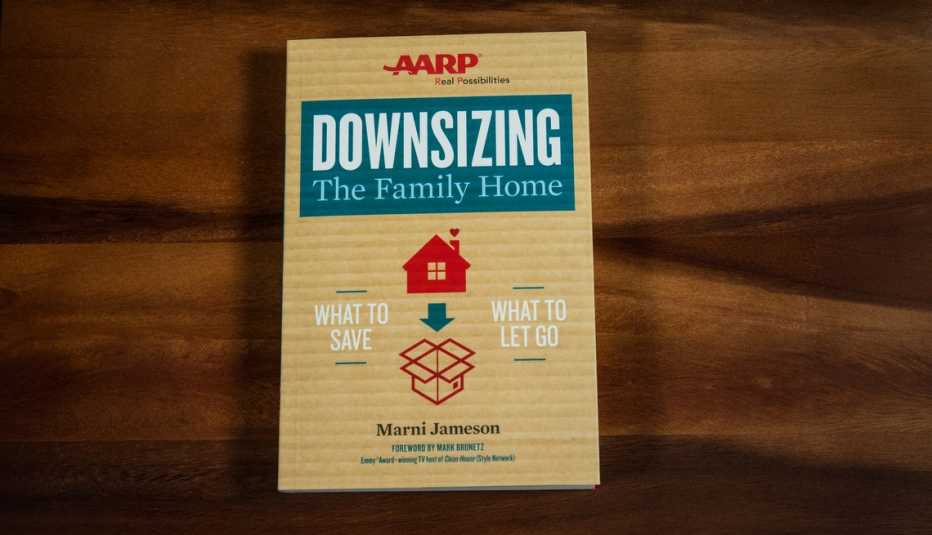Staying Fit
Relocating aging parents or other loved ones from their longtime, memory-filled home to a smaller place in a new community is a challenge — for them and for those who help them. Ideally, the person moving will allow a year to find the new and leave the old. A more likely scenario is that something happens to precipitate the move — the death of a spouse or onset of serious health issues — and family and friends will scramble to divest decades of belongings. Wherever the move — a retirement community, assisted living or in with a child — you’ll want to make the transition as seamless as possible. The more stressful the move, the harder it will be for your loved one to adapt to the change.
Senior Move Managers (SMMs)


AARP Membership— $12 for your first year when you sign up for Automatic Renewal
Get instant access to members-only products and hundreds of discounts, a free second membership, and a subscription to AARP the Magazine.
Hiring a Senior Move Manager can be a lifesaver if you live far away or are in a fraught relationship with your family member. Even when everyone in the family lives nearby and adores one another, an SMM can help keep it that way.
A good SMM is an adviser, problem solver, wise friend, neutral third party and professional downsizer who helps families shuck the stuff while holding onto the memories. SMMs arrive without the baggage that can come with family history. They understand that when an aging parent leaves the family home, it is a loss for the whole family.
Their fee ranges from $40 to $80 an hour — and may be higher in some areas. Services are a la carte, but some SMMs will offer packages for two or three services. Interview a few before choosing one: You’ll be spending a lot of time and some emotional moments with this person. Start by asking friends and care facilities for referrals. The National Association of Senior Move Managers may be able to recommend someone in your area.
Services can include:
- Planning the move
- Organizing, sorting and downsizing
- Providing customized floor plans of the new home
- Arranging to sell remaining items through auction, estate sale, consignment — or donating and providing an itemized receipt or tax valuation
- Interviewing, scheduling and overseeing movers
- Arranging shipments and storage
- Supervising professional packing
- Unpacking items and setting up the new home
- Arranging for a cleaning service, painters and repairmen to get the house ready for sale
- Assisting in finding a real estate broker
- Accompanying the client on the drive or flight to the new residence


































































